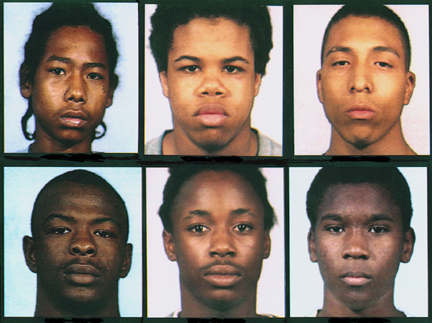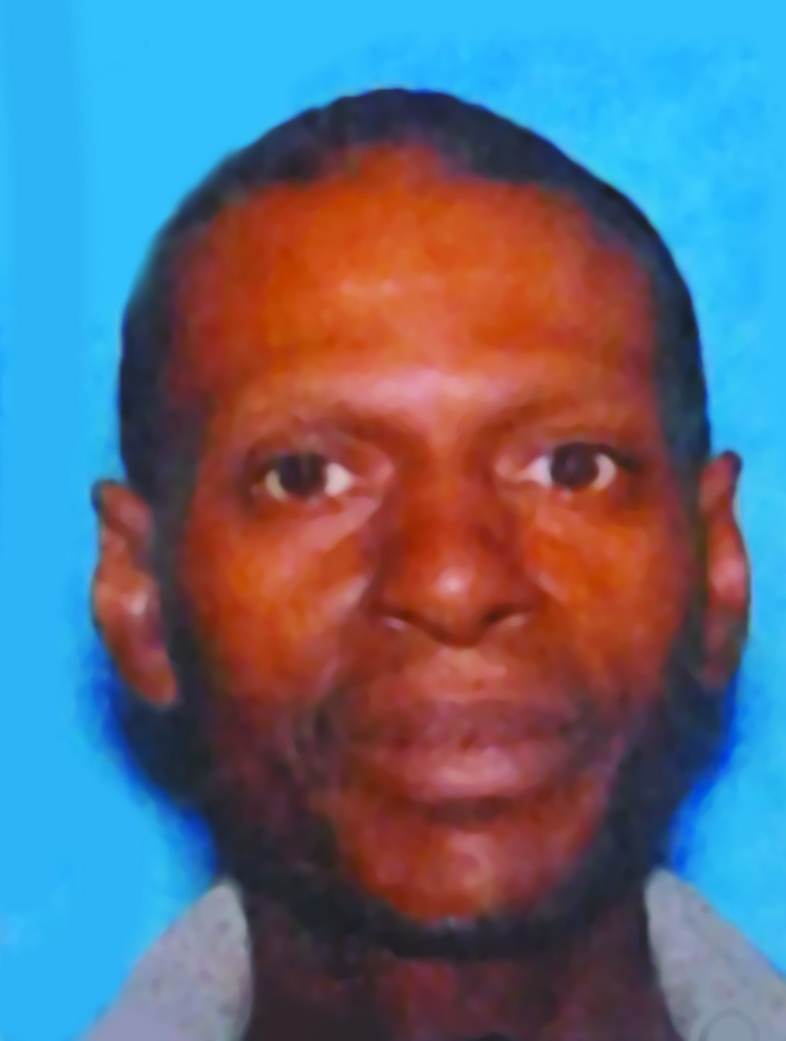On Friday, Brandon Olebar was awarded nearly half a million dollars after spending 10 years in prison for a crime he did not commit. The reason for the wrongful conviction: an identification by the victim. The chances that such an eyewitness identification is wrong: pretty good.
So says a National Research Council report released this morning that builds upon what it describes as “an increasingly clear picture of the inherent limits in human visual perception and memory.”
“People’s memories are continuously evolving,” reads a summary. “Although the individual may be unaware of it, memories are forgotten, reconstructed, updated and distorted.”
This is not a surprise to anyone who followed the now discredited “recovered memory” prosecutions of the ‘90s, built upon supposed memories of abuse retrieved from the subconscious, often at the suggestive prodding of therapists or law enforcement officials. (For a referesher, read Lawrence Wright’s wonderful book on Olympia’s Paul Ingream case.) Decades of research, including from former University of Washington psychology professor, Elizabeth Loftus, has shown why memories alone shouldn’t be the basis of criminal cases.
Yet law enforcement continues to build cases around memories. Today’s report seeks to change that with a series of recommendations for law enforcement and the judiciary. They include the use of “double-blind” lineups and photo identification, meaning that neither the witness nor the police officer seeking an ID knows who the suspect is. That way, the officer avoids giving subtle and sometimes unintentional cues.
Officers should also tell witnesses that the investigation will continue regardless of whether they identify a suspect of not, the report says. “A lot of people consider it a test,” Lara Zarowsky, policy director of the Innocence Project Northwest, tells Seattle Weekly. “They want to do well. They want to help investigators. They feel a pressure to choose.”
That’s why telling them that the investigation doesn’t hinge on their response is a good idea, she says, adding that officers could say something like: “Listen, I don’t know whether the guy is here or not, and it’s just as important to clear an innocent person as it is to find the guilty one.”
As it happens, Zarowsky has a lot of her own thoughts about this subject, because she’s spent the last four years working with a local group of lawyers, social scientists and law enforcement officials on a similar set of recommendations. She says police and prosecutors from Seattle and King County are involved and seem sincerely committed to changing practices according to the scientific research.
Still, she says, “not everywhere in the state is King County.” And even here, she observes, practices are not consistent some cases continue to go forward with little evidence other than eyewitness testimony. When they do, she says, judges sometimes deny defense requests to bring in witnesses at trial who can testify about memory’s unreliability—something else the working group would like to change.
That group’s recommendations will likely be ready in a few months, after which it will start trying to get law enforcement groups across the state to adopt them.
If the research isn’t convincing enough, the Innocence Project has this in its back pocket: 73 percent of national wrongful convictions proved by DNA involved mistaken eyewitness identifications.
In the Olebar case, the victim, who had been robbed and beaten by a group of people, including a former girlfriend, couldn’t give precise descriptions about anyone other than his ex. When police showed him a photo montage, he nevertheless recognized Olebar. What police and prosecutors failed to appreciate, though, was that the identification might not mean what it seemed, relates Fernanda Torres, the Innocence Project Northhwest lawyer who helped clear his name. Olebar is the ex-girlfriend’s brother. Of course, the victim knew him!
Torres and her colleagues ultimately tracked down three of the real perpetrators, who revealed in sworn statements that Olebar had not been involved.








